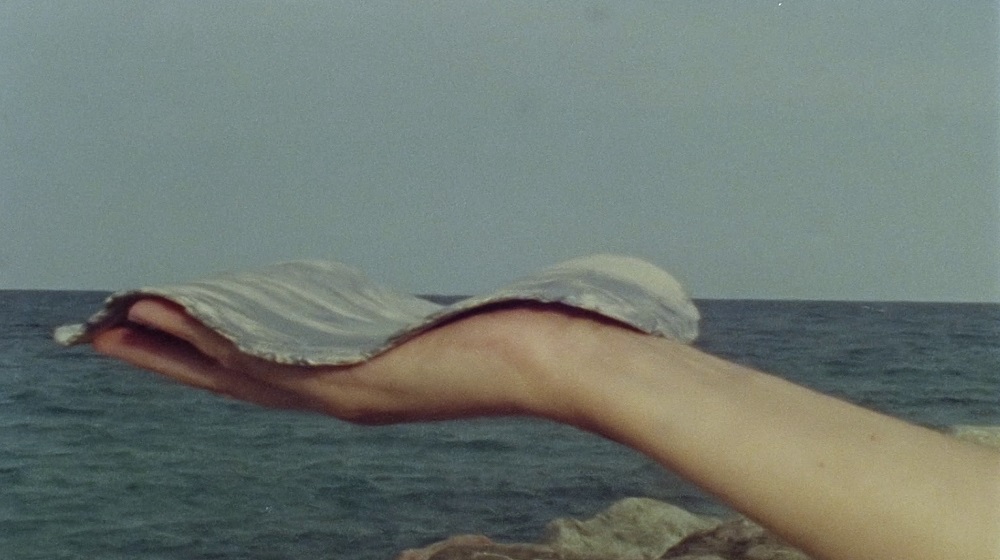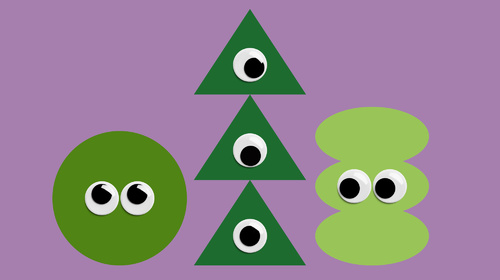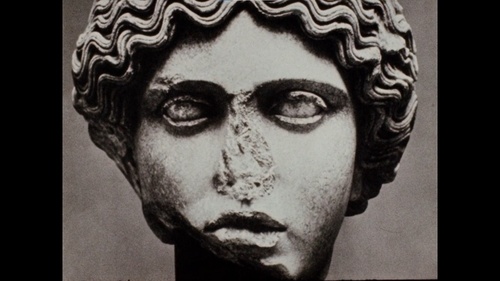Agnès Varda
Varda Variations
Selection of Xcèntric Archive films
Audiovisuals
Free
On the occasion of the exhibition dedicated to Agnès Varda (CCCB, July 18th - December 8th), we've chosen four films from the Xcèntric Archive that engage with the life, work and thought of the filmmaker. It is free of charge, but we recommend to book in advance.
Xcèntric Archive is the CCCB’s archive of experimental film. A meeting point for the viewing and interpretation of essential films, with over 1,000 titles from prominent creators. It has a screening room with capacity for ten people and an area for individual consultations.
"Varda Variations" Programme
El mar peinó a la orilla, Valentina Alvarado Matos, Spain, 2019, 5’
As we're reminded by Les Plages d'Agnès (2008), Agnès Varda's work (and life) begins and ends at the sea. From the beaches of Sète (the fishing village that's the location for La Pointe courte (1955), her first film) to the docks of Le Havre in Visage Villages (2017), as well as her experimentation with the installation format in Bord de Mer, Varda's experience of life and film has followed the seashore. In El mar peinó a la orilla, a brushstroke can make the sun appear on a cloudy day while the water of the waves can dispel its portrait. Valentina Alvarado Matos proposes a playful intervention of geographical and filmic space where painting, film and natural elements play with and mutually alter each other.
Histoire de ma vie racontée par mes photographies, Boris Lehman, Belgium, 2002, 210’ (Excerpt: 185’ to 205’)
An inveterate (self-)portraitist, throughout his life Boris Lehman assembled a collection of thousands of photographs of his relatives, friends and collaborators. In this film, he meets some of the protagonists of these photographs and allows them to portray him in their own words. In the excerpt selected, the final sequence of the film, the immolation of the filmmaker's image and a fragment from Time Regained let loose a photographic stream of consciousness that, without distinction, presents portraits of Lehman himself, his friends, his family and his collaborators; some of them anonymous but others well known (such as Chantal Akerman, Samuel Fuller, Jonas Mekas and Pedro Almodóvar).
L’Automne, Marcel Hanoun, France, 1972, 75’
Although, in generational terms, Varda tends to be placed within the Nouvelle Vague group of filmmakers, she was always a kind of 'free verse' within the French film ecosystem, influencing and being influenced in equal parts but always maintaining her independence. A similar but less well-known case is that of Marcel Hanoun. Hanoun based his cinematographic practice on disrupting and altering the elements that comprise the language of film, such as the shot, edit or sound-image (de)synchronisation, producing films that were always halfway between fiction, documentary and cinematographic treatise. L'Automne (the last film in his tetralogy dedicated to the four seasons) presents a film director and his editor in a single space: the editing room. A minimalist film (the label is more apt than ever in this case) about a fundamental gesture of cinema, namely looking and making the viewer look.
My Tears Are Dry, Laida Lertxundi, United States, 2009, 4’
In the late 1960s, Agnès Varda lived for a while in California, where she discovered a political, artistic and cultural environment emerging beyond the Hollywood machine, which she portrayed in films such as Black Panthers (1970), about the protests against the imprisonment of Huey P. Newton, Lion Loves (... and Lies) (1969), about the American underground art scene, and Mur murs (1981), about the ‘Chicano’ community of Los Angeles and its murals. Much of Laida Lertxundi's cinema also evokes the images, sounds and, above all, the light of these geographical and emotional Californian spaces. In My Tears Are Dry, a tribute to Bruce Baillie's All My Life, the eponymous song by Hoagy Lands brings together two women, a guitar and a cassette player with the eternal sunshine of Los Angeles.
And if I’m to believe
all these things I’ve said are true,
Then tell me why I’m still
Crying tears, darling,
Over you
A playlist by Marc Torres
Directors: Valentina Alvarado Matos, Boris Lehman, Agnès Varda, Marcel Hanoun, Laida Lertxundi
This activity is part of Agnès Varda, CCCB Summer



